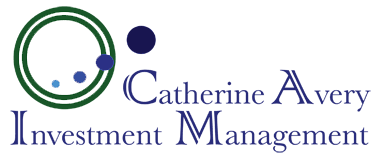Investment Terms Explained
Diversified Investment Portfolio
A portfolio that mixes a wide variety of investments. The rationale behind this strategy is that a portfolio of different kinds of investments will, on average, yield higher returns and pose a lower risk than any individual investment within the portfolio. The strategy is designed to take advantage of the fact that the performance of all securities or asset classes do not necessarily move in tandem, and so when one security or asset class is falling in value, another may be rising. The Callan Periodic Table of Index Returns shows how the performance of various asset classes can vary significantly from one year to the next, and explains why diversification within a portfolio is so important.
Exchange-Traded Funds (ETFs)
A security that tracks an index, a commodity or a basket of assets like an index fund, but trades like a stock on an exchange, and experiences price changes throughout the day as it is bought and sold. One of the most widely known ETFs is called the SPDR (Spider), which tracks the S&P 500 index.
Fiduciary
A person legally appointed and authorized to hold assets in trust for another person. The fiduciary manages the assets for the benefit of the other person rather than for his or her own profit.
Market Cycle
The period between the two latest highs or lows of the S&P 500, showing net performance of a fund through both an up and a down market. A market cycle is complete when the S&P 500 is 15% below the highest point or 15% above the lowest point (ending a down market).
Portfolio Manager
The person responsible for investing an investor's assets, implementing an agreed investment strategy, and managing the day-to-day trading of the portfolio.
Real Estate Investment Trusts (REITs)
A security that sells like a stock on the major exchanges and invests in real estate directly, either through properties or mortgages. REITs receive special tax considerations and typically offer investors high yields, as well as a highly liquid method of investing in real estate.
Socially Responsible Investing
An investment that is considered socially responsible because of the nature of the business the company conducts. Some common themes for socially responsible investing include avoiding alcohol, gambling and tobacco, defense and seeking out companies engaged in environmental sustainability and alternative energy/clean technology efforts. CAIM has the ability to customize a portfolio to your individual values.
Total Return
Total return is comprised of two categories of return: income and capital appreciation. Income includes interest paid by fixed-income investments, distributions or dividends. Capital appreciation represents the change in the market price of an asset.
